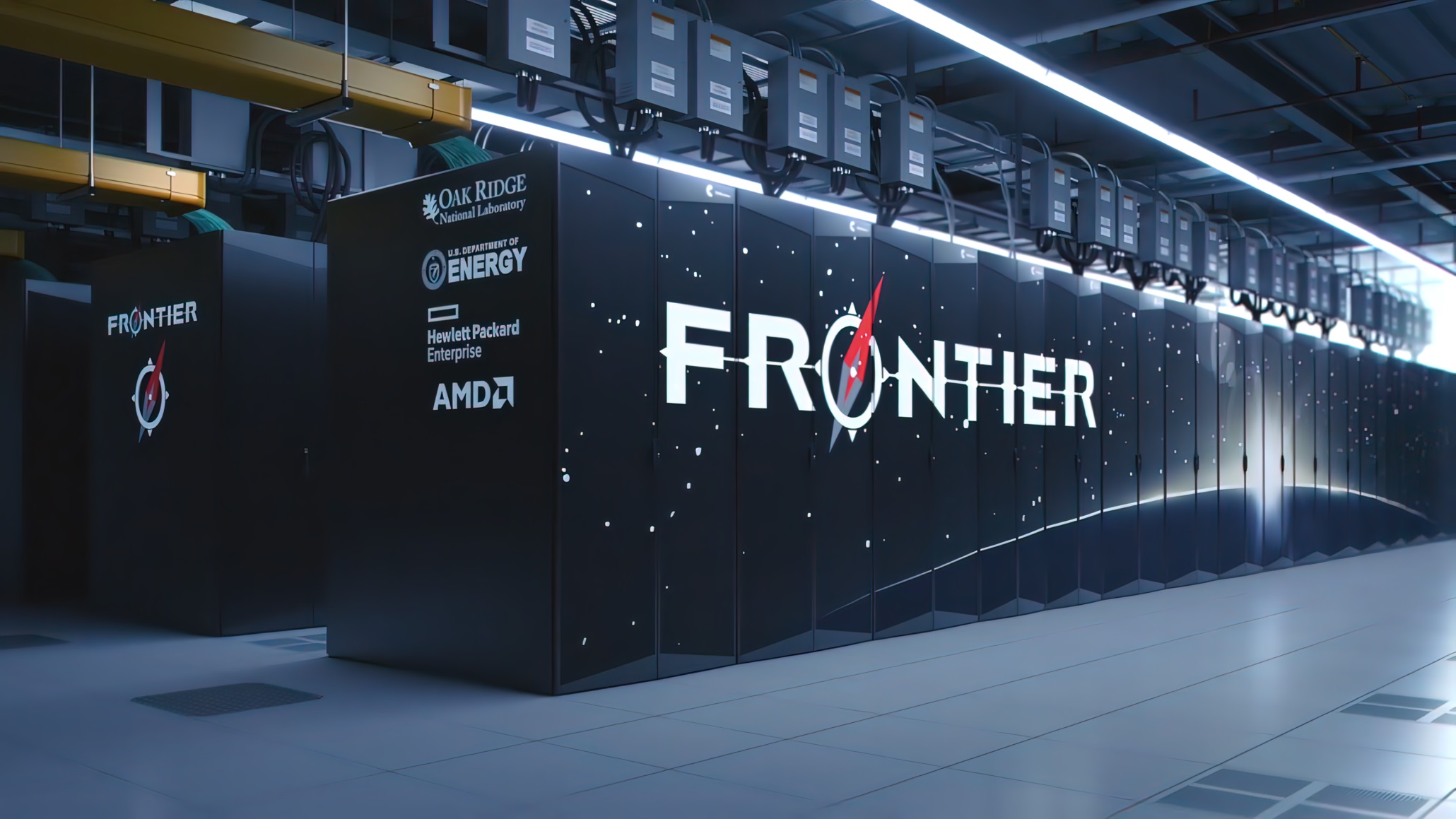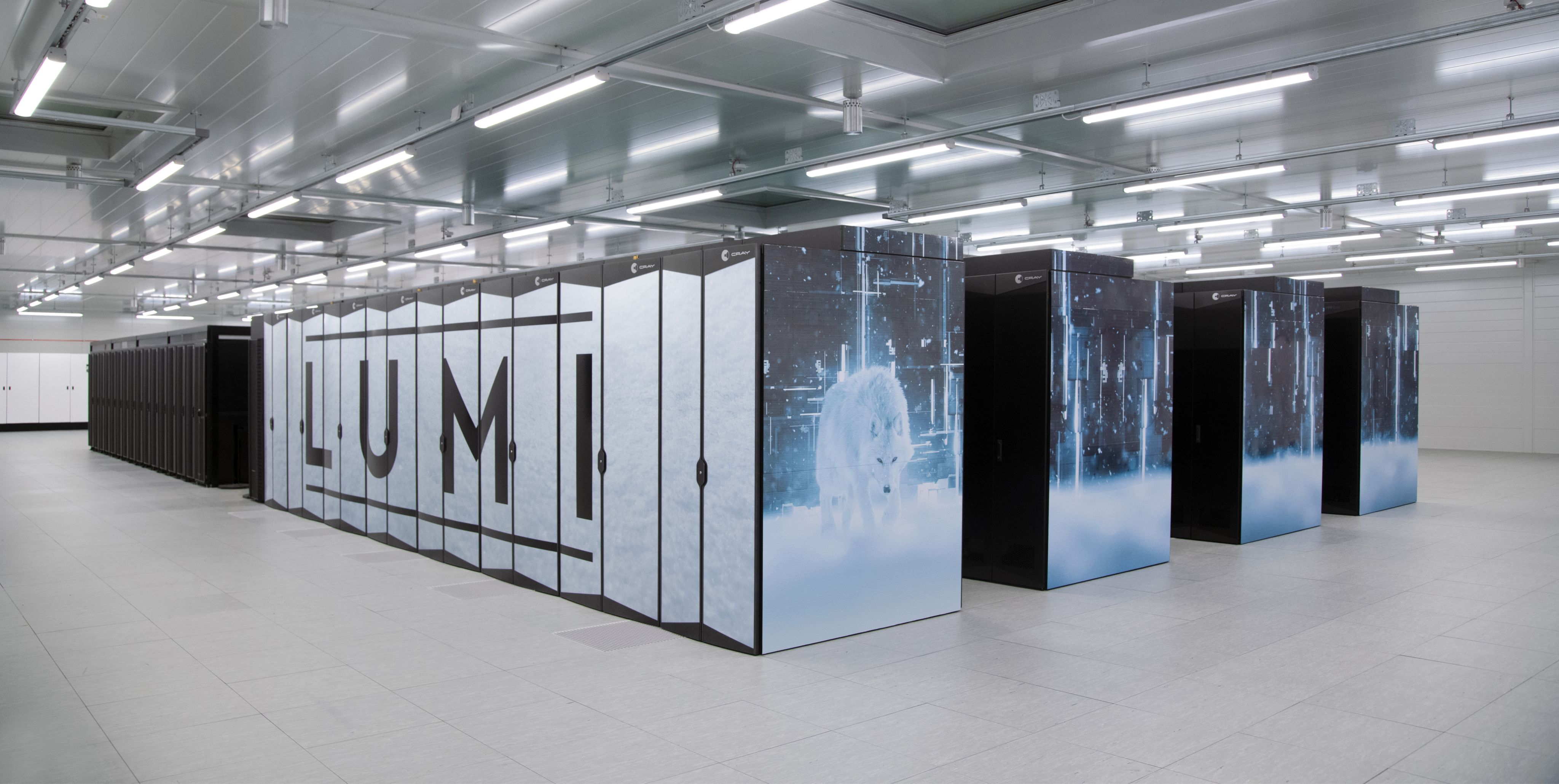LATEST AND MOST POWERFUL COMPUTERS IN THE WORLD
The Latest and Most Powerful Computers in the World (2024)
In 2024, the world of computing has seen remarkable advancements, particularly in the field of supercomputers. These systems are at the forefront of solving complex problems in science, medicine, climate modeling, artificial intelligence, and more. Here's a look at some of the latest and most powerful supercomputers currently making waves.
1. **Frontier: The World’s Most Powerful Supercomputer**
- **Location:** Oak Ridge National Laboratory, Tennessee, USA
- **Performance:** 1.2 exaFLOPS (1,194 petaFLOPS)
- **Components:** AMD EPYC 64-core CPUs and AMD Instinct MI250X GPUs

Frontier, developed by HPE Cray and hosted at Oak Ridge National Laboratory, remains the world's most powerful supercomputer in 2024. It is the first to surpass the exascale computing threshold, achieving a peak performance of 1.2 exaFLOPS (exascale is a computing system capable of at least one quintillion floating-point operations per second). This system is primarily utilized for advanced scientific research, including cancer research, drug discovery, nuclear fusion, and modeling cosmic phenomena such as stellar explosions.
2. **Aurora: A Rising Star in Supercomputing**
- **Location:** Argonne National Laboratory, Illinois, USA
- **Performance:** 0.59 exaFLOPS (585 petaFLOPS)
- **Components:** Intel Xeon Max Series CPUs and Intel Data Center Max Series GPUs

Aurora, the second exascale supercomputer, went online in mid-2023 and is expected to reach 2 exaFLOPS in the near future. It is a collaboration between Intel and HPE, designed for artificial intelligence, machine learning, climate modeling, and nuclear fusion research. With its immense computational capacity, Aurora is poised to become a key tool in tackling complex scientific and engineering challenges.
3. **Eagle: The Cloud-Based Contender**
- **Location:** Microsoft Azure Cloud
- **Performance:** 0.56 exaFLOPS (561 petaFLOPS)
- **Components:** Intel Xeon Platinum CPUs and Nvidia H100 GPUs

Eagle is unique because it is a cloud-based supercomputer hosted on Microsoft Azure, making it accessible to researchers and enterprises around the world. Its cloud-native architecture allows it to scale dynamically, and it ranks as the third most powerful supercomputer globally, underscoring the growing importance of cloud-based infrastructures in high-performance computing (HPC).
4. **Fugaku: Japan’s Flagship Supercomputer**
- **Location:** Riken Center for Computational Science, Kobe, Japan
- **Performance:** 0.44 exaFLOPS (442 petaFLOPS)
- **Components:** ARM-based A64FX CPUs

Fugaku, which was the world's fastest supercomputer from 2020 to 2022, continues to be a key player in computational research. It has been instrumental in projects ranging from COVID-19 research to natural disaster simulations, and remains a vital resource for Japan's AI development and scientific inquiries.
5. **LUMI: Europe’s Most Powerful Supercomputer**
- **Location:** CSC Data Center, Kajaani, Finland
- **Performance:** 0.38 exaFLOPS (380 petaFLOPS)
- **Components:** AMD 3rd-Gen EPYC CPUs and AMD Instinct MI250X GPUs

LUMI stands as the most powerful supercomputer in Europe. Notably, it is powered entirely by renewable hydroelectric energy, and its waste heat is reused to warm nearby buildings, showcasing a commitment to sustainability. It supports a wide range of AI and quantum computing research initiatives across Europe.
6. **Eos: Nvidia's AI Factory**
- **Location:** Nvidia Data Center
- **Performance:** 121.4 petaFLOPS (AI: 18.4 exaFLOPS)
- **Components:** Nvidia DGX H100 systems with 4,608 GPUs
Eos, Nvidia's latest supercomputer, is specifically designed for AI and machine learning workloads. With an AI performance of 18.4 exaFLOPS, it is one of the fastest AI-focused supercomputers in the world. Eos is geared towards accelerating the development of AI models, including large language models and quantum simulations.
Conclusion
These supercomputers are at the forefront of innovation, each playing a unique role in advancing our understanding of complex phenomena and helping to solve some of the world's most challenging problems. Whether it's through exascale computing, cloud-based infrastructures, or AI optimization, these machines are redefining what is possible in high-performance computing.
For more details on the latest supercomputers, you can explore sources like [Live Science](https://www.livescience.com) and [RankRed](https://www.rankred.com).
0 comments:
Post a Comment